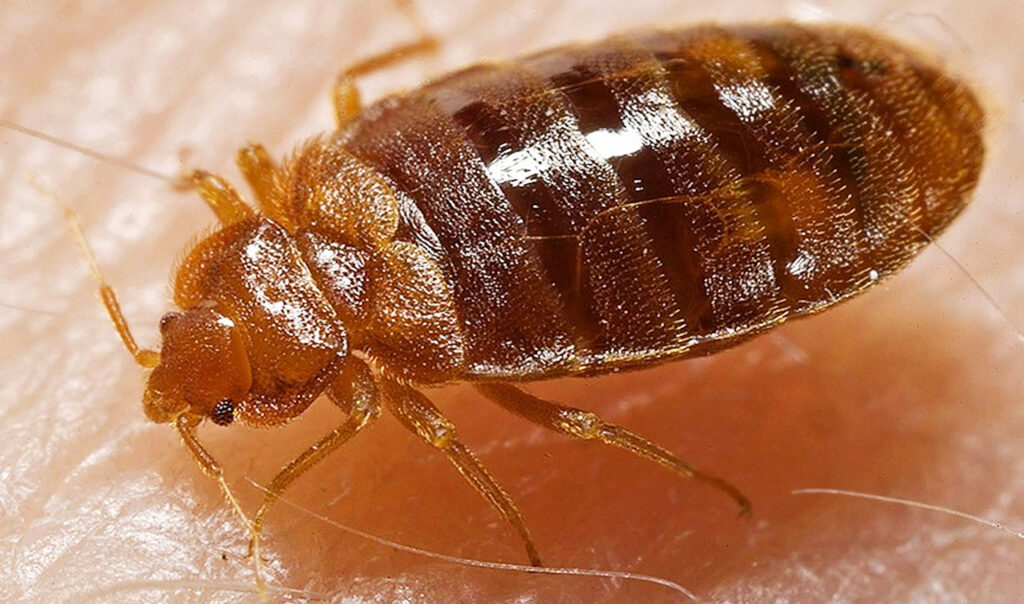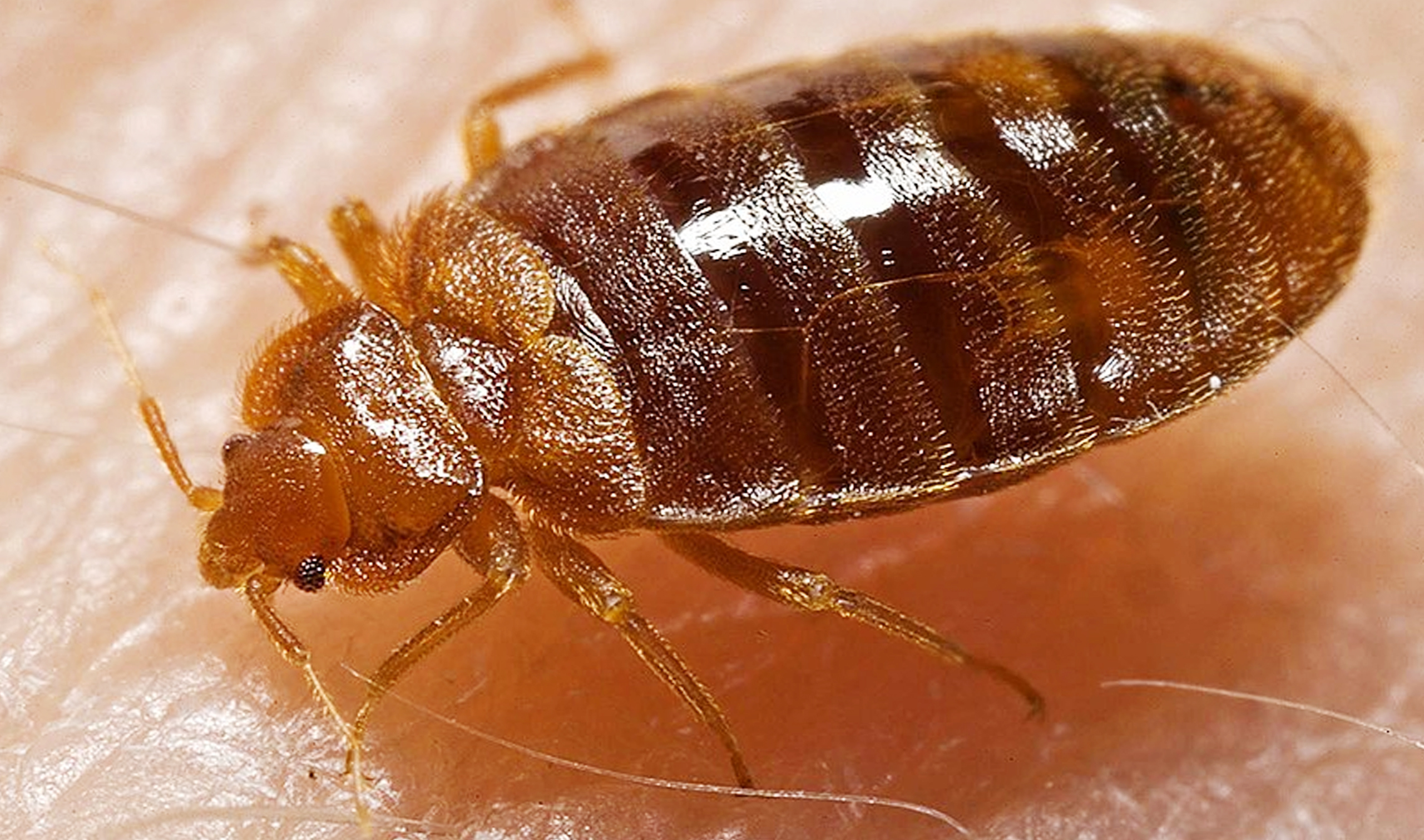There’s nothing quite like waking up with a fresh batch of itchy bites to send you into a frenzy. Before you know it, you’re playing detective, trying to figure out if you’re dealing with bed bugs or just an overly enthusiastic mosquito. Fear not, intrepid bug-buster! In this article, we’ll provide you with the ultimate guide on how to tell if you have bed bugs, and what to do if you find yourself in this less-than-desirable situation. So grab your magnifying glass and let’s get started!
Understanding Bed Bugs: The Sneaky Culprits
First things first, let’s talk about bed bugs. These tiny bloodsuckers are masters of hide-and-seek, making them particularly challenging to detect. But don’t worry, we’ll give you the lowdown on what bed bugs are, where they come from, and how they manage to infiltrate your humble abode.
What Are Bed Bugs?
Bed bugs are tiny, flat, oval-shaped insects that feed on human blood, usually while we’re sleeping (rude, right?). They can be reddish-brown and are about the size of an apple seed, making them particularly good at hiding in small spaces. Their favourite hangout spots? Beds, of course! But don’t be fooled – they can also be found in various other nooks and crannies.

Where Do Bed Bugs Come From?
Bed bugs have been around for thousands of years, but they’ve become particularly adept at hitching rides on our belongings as we travel. So, if you’ve recently stayed in a hotel, hostel, or even just visited a friend’s house, you might have unwittingly brought home some uninvited guests. Thanks a lot, hospitality industry!
How Do Bed Bugs Spread?
These little pests are world-class travellers. They can easily move from one room to another, hitching a ride on your clothes, luggage, or even your pets. This makes them incredibly difficult to get rid of, so early detection is crucial in preventing a full-blown infestation.
Signs of Bed Bug Infestation: Putting the Pieces Together
Now that we’ve covered the basics, let’s delve into the tell-tale signs that you might be dealing with a bed bug infestation. Keep an eye out for these clues, and you’ll be one step closer to solving the mystery.
Physical Evidence of Bed Bugs
The most obvious sign of bed bugs is actually seeing the little buggers themselves. However, they’re quite elusive and often only come out to play when you’re fast asleep. So, you’ll need to be extra vigilant to spot them. In addition to live bed bugs, you might also find shed skins, fecal spots, or small blood stains on your sheets. If you see any of these signs, it’s time to take action.
Bites and Health Effects
Bed bug bites can look a lot like other insect bites, which makes them a bit tricky to identify. Typically, they appear as small, red, and itchy welts, often in a line or cluster. While not everyone reacts to bed bug bites, they can cause allergic reactions, infections, and even psychological distress in some people. So, if you’re waking up with mysterious bites, it’s time to play Sherlock Holmes and investigate further.
Unusual Odours
Although bed bugs aren’t exactly known for their pleasant scent, they do emit a musty or sweet smell when they gather in large numbers. If you notice an odd odour in your bedroom or living area, it might be time to grab a flashlight and take a closer look at your surroundings.
Common Bed Bug Hiding Places: Hide and Seek Champions
As we’ve mentioned, bed bugs are masters of disguise, so you’ll need to know their favourite hiding spots to track them down. We’ve compiled a list of common areas where bed bugs love to hang out, so you can be prepared to uncover their secret lairs.
Bedroom
As their name suggests, bed bugs are big fans of beds. They like to snuggle up in mattresses, bed frames, bedding, and pillows. So, be sure to inspect these areas thoroughly if you suspect you have bed bugs.
Living Areas
Don’t be fooled into thinking bed bugs only reside in the bedroom. They can also hide in upholstered furniture, curtains, and rugs in your living areas. So, don’t forget to give these spots a thorough once-over during your investigation.
Clutter and Personal Belongings
Bed bugs can also find their way into your clothing, luggage, books, and electronics, making decluttering a top priority in preventing infestations. Keep your belongings tidy and well-organized to reduce potential hiding spots.
DIY Bed Bug Detection Methods: Channelling Your Inner Exterminator
If you’ve got a sneaking suspicion that bed bugs have infiltrated your home, there are a few methods you can use to confirm your worst fears. Grab your detective hat and let’s get to work.
Visual Inspection
Using a flashlight and a magnifying glass, inspect all the potential hiding spots we’ve mentioned earlier. Be patient and thorough, as bed bugs are experts at remaining hidden. Remember to check your bedroom and living areas regularly, especially if you’ve recently traveled or had guests over.
Bed Bug Traps and Monitors
There are various bed bug traps and monitors available on the market, designed to help you detect and trap these pesky intruders. Follow the instructions carefully and place the traps in strategic locations around your home to increase your chances of catching the culprits.
Canine Bed Bug Detection
Man’s best friend can also be a bed bug’s worst enemy. Professional bed bug-sniffing dogs are trained to detect the scent of these pesky insects, making them an effective detection method. However, this service can be quite costly, so it’s best to try other detection methods first.
What to Do If You Find Bed Bugs: Don’t Panic!
If your investigation has led you to the unfortunate discovery of bed bugs, it’s time to take action. Follow these steps to contain the infestation and choose the best bed bug treatment for your situation.
Immediate Steps to Contain the Infestation
Start by washing all your bedding, clothes, and curtains in hot water, and vacuuming your mattress, bed frame, and surrounding areas. Dispose of the vacuum bag in a sealed plastic bag and take it outside immediately. This will help to minimize the spread of bed bugs while you decide on a treatment plan.
Choosing a Bed Bug Treatment Method
There are several bed bug treatment methods available, ranging from DIY solutions to professional extermination. Here’s a quick rundown of your options:
DIY Treatments
There are a variety of over-the-counter bed bug treatments available, including sprays, powders, and heat treatments. While these methods can be effective in some cases, they may not be sufficient for a severe infestation. Be sure to follow the product instructions carefully and remember that repeated treatments may be necessary.
Professional Extermination
For a more thorough and effective solution, you might consider hiring a professional exterminator. They have access to advanced treatment methods and can ensure the complete eradication of bed bugs from your home. Keep in mind that this option can be more expensive, but it’s often worth the investment for peace of mind.
Preventing Future Infestations
Once you’ve dealt with your bed bug problem, you’ll want to take steps to prevent them from returning. Regular inspections and cleaning, as well as using protective bedding products like mattress encasements and pillow covers, can help keep bed bugs at bay. Additionally, be cautious when traveling and keep your belongings tidy to minimize potential hiding spots.
Bed Bug Busting Made Easy
There you have it – your comprehensive guide to detecting, treating, and preventing bed bug infestations. By keeping an eye out for the tell-tale signs and knowing how to tell if you have bed bugs, you can stay one step ahead of these pesky pests. So, next time you wake up with a mysterious itch, don’t panic – just grab your detective hat and put your newfound knowledge to the test.

